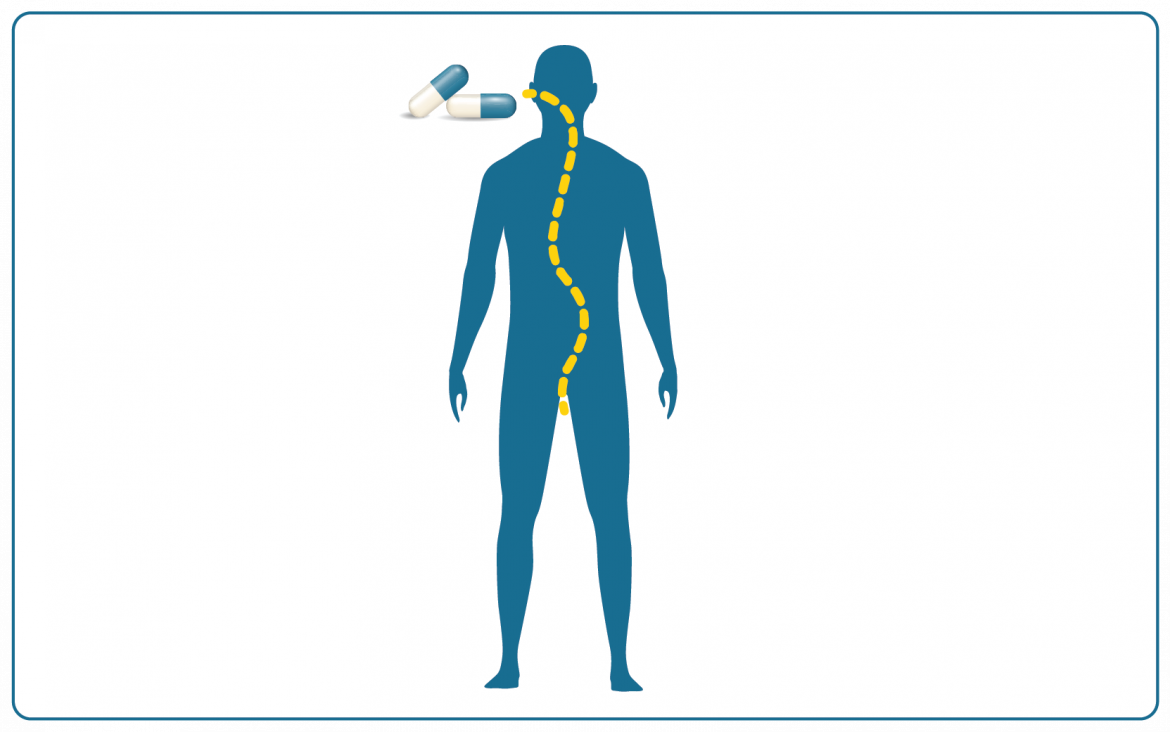Clinical Trials Essentials: Understanding The Importance Of Pharmacokinetic Assays
Pharmacokinetics (PK) is a branch of pharmacology that studies the fate of drug substances in a living organism. PK bioanalysis investigates all chemical xenobiotics such as food additives, drugs, pesticides, and cosmetics. The fate of a drug product not only depends on how a molecule interacts with the living organism but also on how an organism acts on the chemical substance. Pharmacokinetics assesses the effect an organism has on the drug compound.
On the other hand, pharmacodynamics evaluates the effects a drug compound has on the body. PK/PD data provide crucial information about the benefits, dosing schedule, and adverse events of the drug product. Researchers employ several pharmacokinetic clinical trial models to assess the drug molecule in a living organism. The multi-compartmental model is one of the most commonly employed mathematical models in PK bioanalysis. Let us now understand some common factors and metrics of PK clinical trials.
Factors and metrics
Table of Contents
Dose, dosing interval, the volume of distribution, bioavailability, absorption, half-life, concentration, infusion rate, and elimination rate constant are some metrics of PK testing in clinical trials. These PK metrics are influenced by several factors such as genetics, age, sex as well as enzyme action in metabolism reactions.
With age, several physiological changes occur and may affect the pharmacokinetics of the drug substance. For instance, the older population has a longer half-life for some drug products. Besides, individual physiological variation, such as obesity and renal failures, further influences the pharmacokinetic properties of drugs.
Hence, drug dosage must be tailored to meet individual needs. Pharmacokinetic data can guide physicians in adjusting the dosage for patients accurately. There are numerous applications of PK studies in clinical trials. Let us dive deep into the significance of pharmacokinetic assay.
Importance of pharmacokinetic clinical trials
Understanding how a drug behaves in a biological system is critical to deciding its suitability for clinical use. Besides, a thoroughly developed and validated method is necessary for generating reliable and robust clinical data The US FDA handles the drug development process. They guide drug developers in several aspects of bioanalysis, method validation, and many more..
Without understanding the drug mechanism in biological systems, researchers may not be able to decipher factors that may lead to adverse effects or death. It may have genotoxic effects or cause cancer. These effects are detrimental to the population, and drug developers must avoid them at any cost. PK, along with PD data, guides researchers in making informed decisions related to clinical trials. SAD and MAD clinical trials are first-in-human studies that provide data for estimating initial doses for human trials. However, drugs are always tested in animal models before their authorization in human trials.
Absorption, distribution, metabolism, and excretion are foundational factors of pharmacokinetic assay. These factors provide a comprehensive picture of how a drug product is absorbed, distributed, metabolized, and excreted from the body. An adequately designed pharmacokinetic study is the foundational step in ensuring that potential drug candidates do not fail in the initial stages of drug development.
Pharmacokinetic assays have been widely used in designing trials depending on predicted drug behavior in biological systems. Hence, pharmacokinetic analysis is of utmost importance in deciding the fate of drug products.
Also Read: Best Ways to Lose Weight




